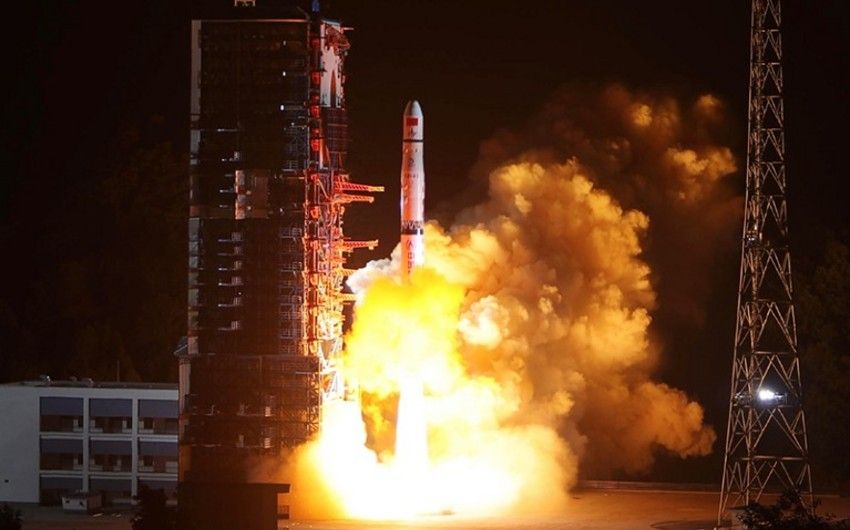WNAM REPORT: China has successfully launched the Shiyan-19 communications satellite into orbit, marking another step in the country’s ongoing efforts to advance its space technology. The mission is aimed at testing and verifying next-generation communication systems.
The launch took place at 02:09 Beijing time (22:09 Monday Baku time) from the Xichang Satellite Launch Center in southwestern Sichuan Province. It was conducted using a Long March 3C (Changzheng-3C or CZ-3C) launch vehicle. This marks the 575th launch of a Long March series rocket, underscoring China’s growing presence in orbital operations.
The CZ-3C is a three-stage rocket with a 4.2-meter diameter payload fairing and a total length of 55.6 meters. It is capable of delivering up to 3.9 tons of payload to sun-synchronous orbit and up to 8 tons to low Earth orbit. The Shiyan-19 mission is the 167th for CZ-3 series rockets and the 8th launch of this model in 2025.
China is rapidly advancing its national space program with a strong focus on meteorological, telecommunications, and navigation satellites. It is also investing in lunar exploration, asteroid missions, and a future Mars sample return. The Chinese space station, Tiangong, remains operational and is designed as a hub for international cooperation. In 2024, China completed a record-breaking 68 space launches, further solidifying its role as a global space power.
The name “Shiyan” translates to “experiment,” and the Shiyan satellite series is often used for classified or experimental technology demonstrations. While official details about Shiyan-19’s specific capabilities remain limited, experts believe it may be testing advanced frequency bands, high-speed data transmission, or technologies relevant to China’s upcoming 6G communications infrastructure.


